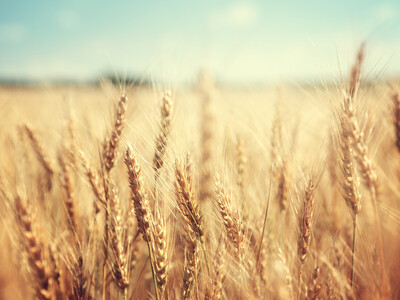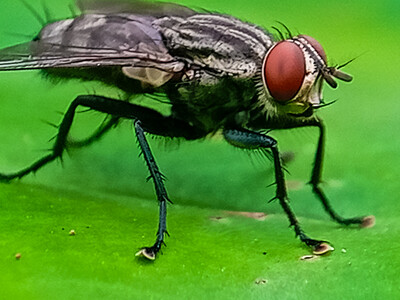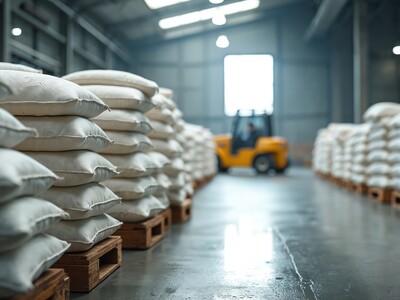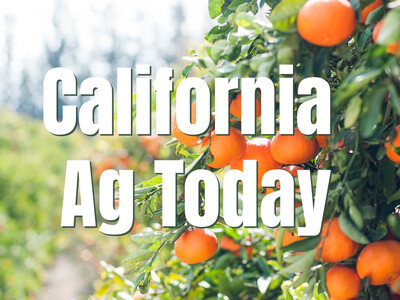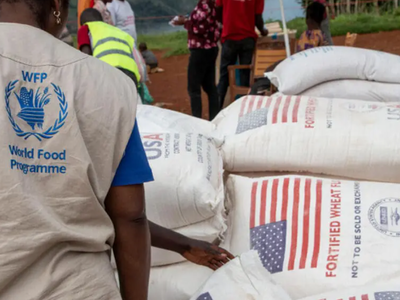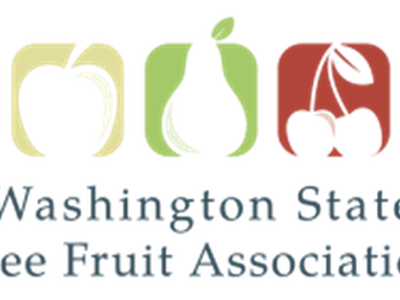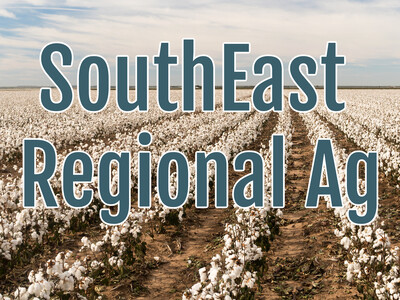Fly Types and cattle
Which fly species are the greatest risk to cattle?Face flies can cause reduced grazing and weight loss. In fact, it takes only 12 flies on a cow’s face to potentially reduce grazing time by as much as an hour a day. Face flies also transmit the pinkeye-causing bacteria known as Moraxella bovis, plummeting profit by as much as $12 per hundredweight, compared to healthy calves sold without pinkeye.
“Pinkeye is a costly problem in cattle, to say nothing of the nuisance and inconvenience of continually treating new cases, just when the operator needs to be in the field or attending to other responsibilities,” said Dr. Nagely. “We know the causative agent for pinkeye is likely a Moraxella bacteria, and that tall seed heads can scratch the animal’s eyes making them vulnerable to bacterial invasion. But it’s the dern face flies that spread the disease from animal-to-animal, and sometimes herd-to-herd across the fence.”
Horn flies cost U.S. livestock producers $1 billion annually, due to decreased feed intake, weight loss and diminished milk production. Even more, horn flies also are linked to summer mastitis outbreaks. A single horn fly can take a blood meal from a calf up to 30 times a day, and the impact on rate of gain for yearlings is colossal, reducing yearling weights by 18%. Compared to yearling cattle experiencing heavy horn fly infestations, those with horn fly protection had anywhere from 15 to 50 pounds greater weight-gain advantage. Additionally, calf weaning weights were 10 to 15 pounds higher when horn flies were controlled on mother cows.




